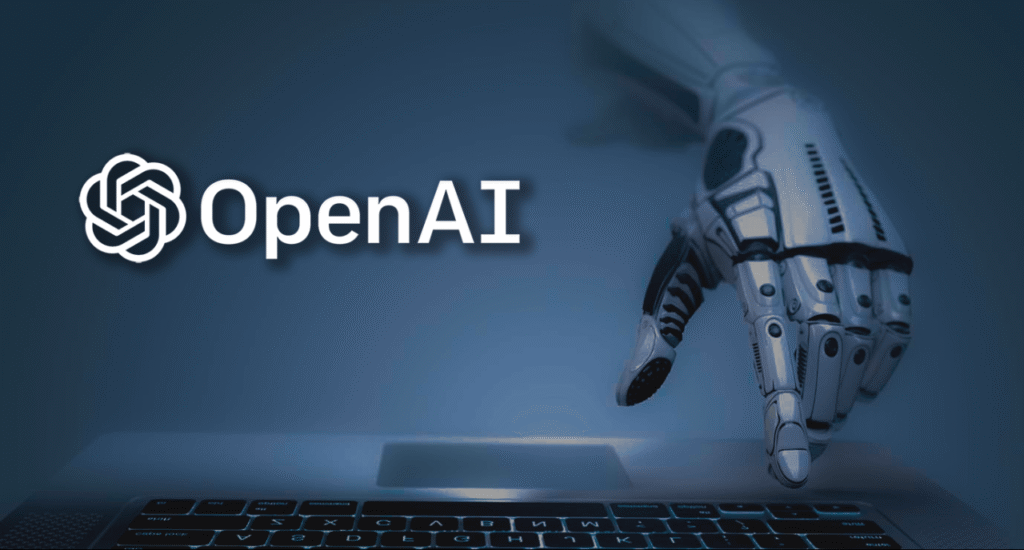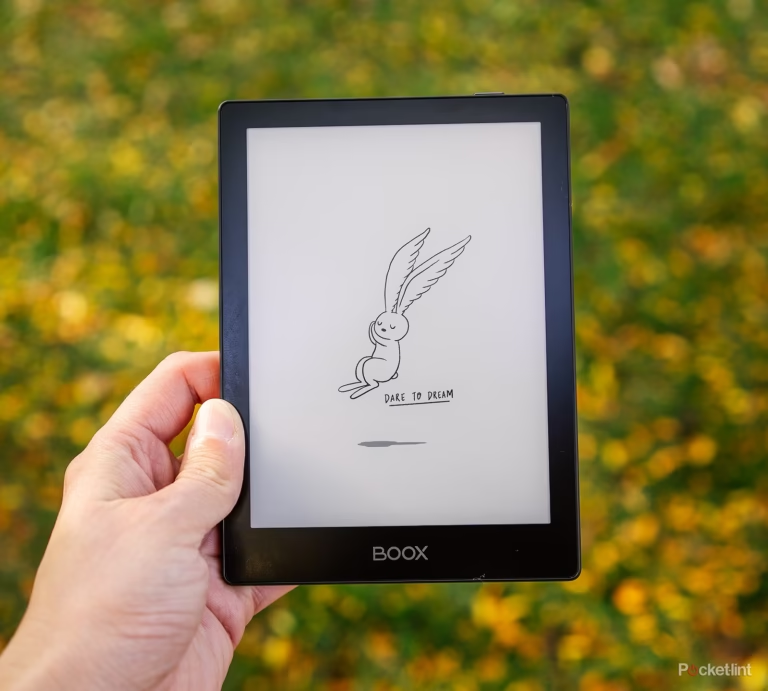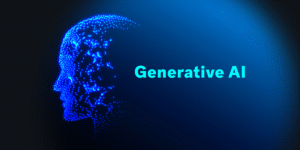OpenAI, one of the leading organizations in the artificial intelligence (AI) space, has been at the forefront of revolutionizing the way we think about and interact with technology. From cutting-edge research in machine learning to the deployment of powerful models like GPT-3 and GPT-4, OpenAI has become a key player in the transformation of various industries, bringing AI closer to everyday applications. As OpenAI continues to push boundaries, it’s shaping the future of technology in ways we never imagined possible. In this article, we will explore how OpenAI is making a profound impact on the world and what that means for the future of technology.
OpenAI’s Mission and Vision
OpenAI was founded with the mission to ensure that artificial general intelligence (AGI) benefits all of humanity. The organization’s vision is to develop and deploy AI systems that are safe, useful, and aligned with human values. Through its commitment to transparency, research, and collaboration, OpenAI aims to advance AI technologies in ways that positively influence society, ensuring that they are accessible to all.
Unlike traditional research labs, OpenAI has adopted a more open approach to developing AI technologies. This has led to a significant rise in the use of AI in various sectors, including education, healthcare, entertainment, and more.
OpenAI’s Transformative AI Models: GPT and Beyond
One of the most significant ways OpenAI is shaping the future of technology is through its groundbreaking language models, particularly GPT (Generative Pretrained Transformer). GPT-3 and GPT-4, the latest iterations of the model, have set new benchmarks for natural language processing (NLP). These models are capable of understanding and generating human-like text, making them incredibly versatile in tasks such as:
- Content Creation: GPT models have been used to write articles, create poetry, develop marketing copy, and even generate code. Their ability to generate coherent, contextually relevant content has been a game-changer for writers, marketers, and content creators.
- Customer Support: AI-powered chatbots, like the ones based on OpenAI’s models, can provide customer service, answer questions, and assist with troubleshooting in real-time, improving the efficiency of businesses and enhancing user experience.
- Language Translation: OpenAI’s language models have also made strides in automatic translation, breaking down language barriers and making global communication easier than ever.
The continued development of GPT models is shaping how we interact with technology on a daily basis. Their ability to understand context, provide information, and even engage in meaningful conversations has opened up a world of possibilities.
Advancements in Robotics and Automation
OpenAI’s research also extends to the realm of robotics. By combining AI with robotic systems, OpenAI is contributing to the creation of more intelligent machines capable of performing complex tasks autonomously. For example, OpenAI’s work with reinforcement learning, where agents learn to make decisions through trial and error, has led to breakthroughs in robotic control systems.
This technology has the potential to revolutionize industries like manufacturing, logistics, and healthcare by automating repetitive tasks, improving efficiency, and reducing human error. In the future, we may see more robots working alongside humans, capable of performing intricate tasks with precision, such as assembling products, assisting with surgeries, or even taking care of elderly people.
OpenAI and Ethical AI Development
As AI continues to advance, there are growing concerns about its ethical implications. OpenAI is taking a proactive approach to ensure that AI technologies are developed responsibly. The organization has established guidelines for ethical AI development, focusing on issues like bias, fairness, transparency, and accountability.
One of the key goals of OpenAI is to create AI systems that are aligned with human values and can be controlled safely. This commitment is essential for the widespread adoption of AI technologies and ensuring that they are beneficial to society as a whole. By addressing these concerns, OpenAI is setting a standard for the ethical development and deployment of AI in the future.
OpenAI’s Impact on Industries and Sectors
OpenAI’s innovations are not just theoretical — they are having a direct impact on various industries and sectors, driving transformation and efficiency. Let’s take a look at some of the industries being reshaped by OpenAI’s technologies:
- Healthcare: AI-powered tools developed by OpenAI are being used in medical research, diagnostics, and drug discovery. Models like GPT-3 can assist in analyzing medical literature, while AI in imaging systems can help detect diseases such as cancer at early stages. With the help of AI, doctors can make more accurate diagnoses, and researchers can speed up the process of discovering new treatments.
- Education: OpenAI’s tools are also transforming education by providing personalized learning experiences. AI-driven tutoring systems can adapt to a student’s learning style and pace, offering custom lessons and feedback. Moreover, OpenAI’s models can assist in automating administrative tasks, freeing up educators to focus more on teaching.
- Entertainment and Media: OpenAI has already made waves in the entertainment industry with AI-generated content. From writing scripts to composing music, AI models are enhancing creative processes and offering new ways to generate media. Filmmakers, game developers, and other creators are using OpenAI’s tools to bring fresh ideas and concepts to life, pushing the boundaries of creativity.
- Finance: In the financial sector, OpenAI’s models are being used for fraud detection, financial predictions, and customer service automation. By processing vast amounts of data, AI can help institutions make more informed decisions, spot patterns, and optimize trading strategies.
Looking Ahead: What’s Next for OpenAI and Technology?
OpenAI’s journey is far from over. With the continued advancement of its AI models, we can expect even more transformative innovations in the future. OpenAI is actively working on making its models more reliable, accessible, and capable of understanding and interacting with humans in a deeper way.
One exciting prospect is the development of AI systems that can perform multi-modal tasks — meaning they can understand and generate not just text, but also images, videos, and sounds. This could open up new possibilities in areas like virtual reality, entertainment, and creative arts.
Additionally, as AI technology evolves, we may see greater integration between AI and other emerging technologies, such as quantum computing, which could further accelerate breakthroughs in various fields.
Conclusion
OpenAI is undeniably shaping the future of technology in profound ways. From advancing natural language processing and robotics to addressing ethical concerns and driving innovation across industries, OpenAI is making its mark on the world. As the organization continues to develop and refine its AI models, it’s clear that the future of technology will be heavily influenced by the breakthroughs that OpenAI is leading. Whether in healthcare, education, or entertainment, OpenAI’s contributions will play a pivotal role in creating a more connected, intelligent, and efficient world.
As AI continues to grow and evolve, OpenAI remains committed to ensuring that these advancements benefit humanity, paving the way for a brighter, more innovative future















